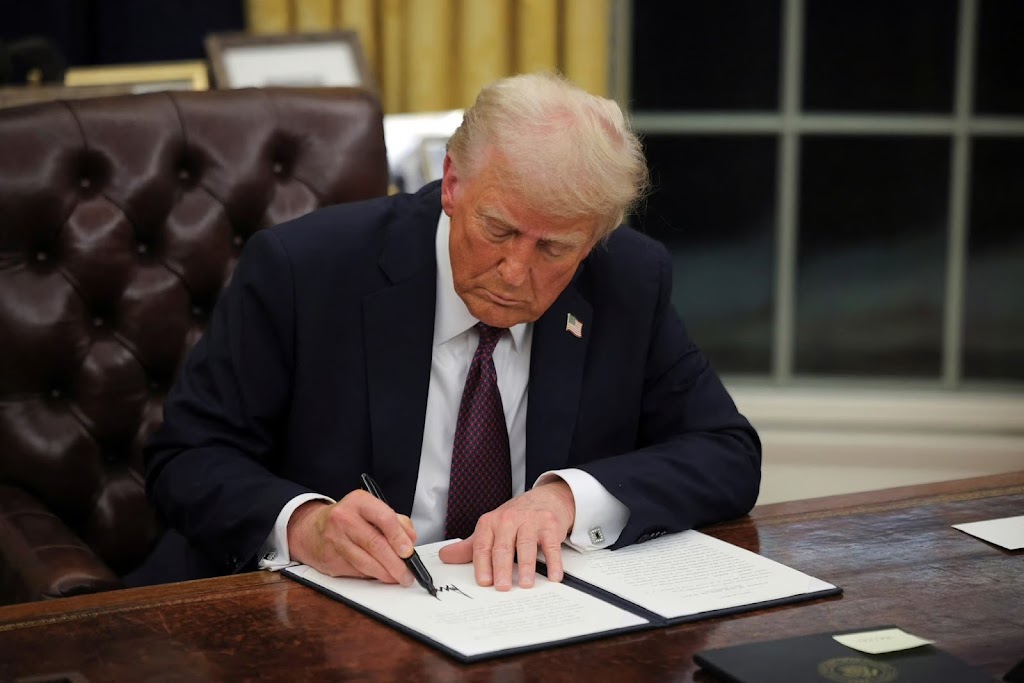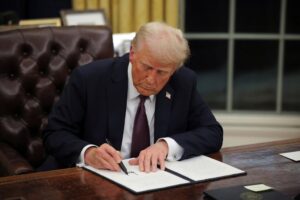The U.S. Department of Education has long been a focal point of political debate, policy reform, and public curiosity. From its core functions to its potential dismantling under certain administrations, the agency stirs strong opinions and trending conversations. Recently, search terms and social media buzz—like “Trump Department of Education,” “what does the Department of Education do,” and “dismantling the Department of Education meaning”—reflect a surge of interest in its role, leadership, and future. Let’s dive into the trends and unpack what’s driving the discourse as of March 20, 2025.
What Does the Department of Education Do?
At its essence, the U.S. Department of Education (often abbreviated as DOE or “dept of education”) is a federal agency tasked with overseeing policies, funding, and initiatives to improve education nationwide. Established on October 17, 1979, under President Jimmy Carter, it aims to ensure equal access to education, administer federal financial aid (like student loans and Pell Grants), and enforce civil rights laws in schools. Curious minds frequently ask, “What is the Department of Education?” or “What does the Department of Education do?”—and the answer lies in its mission to support states, schools, and students rather than directly control curricula, which remains a state and local responsibility.
Trump and the Department of Education: A Recurring Theme
The phrase “Trump Department of Education” dominates search trends, signaling intense scrutiny of how former President Donald Trump’s policies intersected with the agency—and speculation about his plans in a potential second term. During his first administration (2017–2021), Trump appointed Betsy DeVos as Education Secretary, a polarizing figure who championed school choice and voucher programs while facing criticism from figures like Randi Weingarten, president of the American Federation of Teachers. Terms like “Trump education department” and “Trump DOE” often tie back to these debates.
More recently, “Trump close Department of Education” and “Trump executive order Department of Education” have spiked, fueled by his campaign rhetoric about shrinking federal oversight. In 2024, Trump floated ideas of dismantling the agency entirely, redirecting its $80 billion budget to states—a concept echoed in searches for “what does dismantling the Department of Education mean” and “dismantle Department of Education meaning.” Proponents argue it would reduce bureaucracy; critics warn it could destabilize funding and equity efforts.
Executive Orders and the DOE: Fact or Speculation?
Searches like “Trump executive orders,” “executive order Department of Education,” and “Trump signs executive order” suggest interest in whether Trump has—or could—use executive power to reshape the DOE. During his first term, he issued orders affecting education tangentially, such as rolling back Obama-era guidelines on campus sexual assault policies. However, no single “Trump Department of Education executive order” directly abolished the agency—dismantling it would require Congressional approval, not just a White House press secretary announcement. Still, the idea persists, amplified by terms like “white house executive orders” and state-specific chatter (e.g., “Texas”).
Linda McMahon and Leadership Buzz
Another trending name is Linda McMahon, former WWE executive and Trump ally, rumored as a potential Education Secretary pick in a second Trump term. While she served as Small Business Administrator from 2017 to 2019, her name now pops up alongside “Department of Education Trump” and “education department,” reflecting speculation about her influence on education policy. Her business background could signal a push for privatization—aligning with “dismantling” narratives.
The Debate Over Dismantling
“What does dismantling the Department of Education mean?” is a question with no simple answer. In practical terms, it could involve eliminating the federal department and devolving its duties to states, as seen in searches for “federal Department of Education” and “US Department of Education.” Advocates, often aligned with Trump’s base, argue it would cut costs and empower local control. Critics—including educators and unions—fear it would widen disparities, especially in underfunded regions. The phrase “the Department of Education” often surfaces in these debates, symbolizing either a bloated bureaucracy or a vital equalizer, depending on who’s talking.
Historical Context and Current Players
For those asking “when was the Department of Education created,” the 1979 milestone marks its relatively recent arrival compared to other agencies. Today, figures like Randi Weingarten keep it in the spotlight, vocally opposing cuts or closures. Meanwhile, states like Texas, with their own robust education systems, often feature in discussions about whether federal oversight is even necessary.
Why It Trends Now
As of March 20, 2025, the Department of Education’s fate feels uncertain, especially with Trump’s influence looming large post-2024 election cycles. Searches like “education department Trump” and “Trump close Department of Education” reflect a public grappling with what’s at stake—whether it’s student loan programs, civil rights protections, or the very idea of federal involvement in classrooms. The conversation isn’t just policy wonkery; it’s a cultural flashpoint.
Final Thoughts
The Department of Education sits at a crossroads of ideology, power, and practicality. Whether you’re Googling “DOE,” “what does Department of Education do,” or “Trump executive orders,” the trends reveal a nation wrestling with big questions: Who should shape education? How much control is too much? And what happens if the agency vanishes? As debates heat up, one thing’s clear—the “Department of Education” isn’t just a government body; it’s a lightning rod for America’s future.

